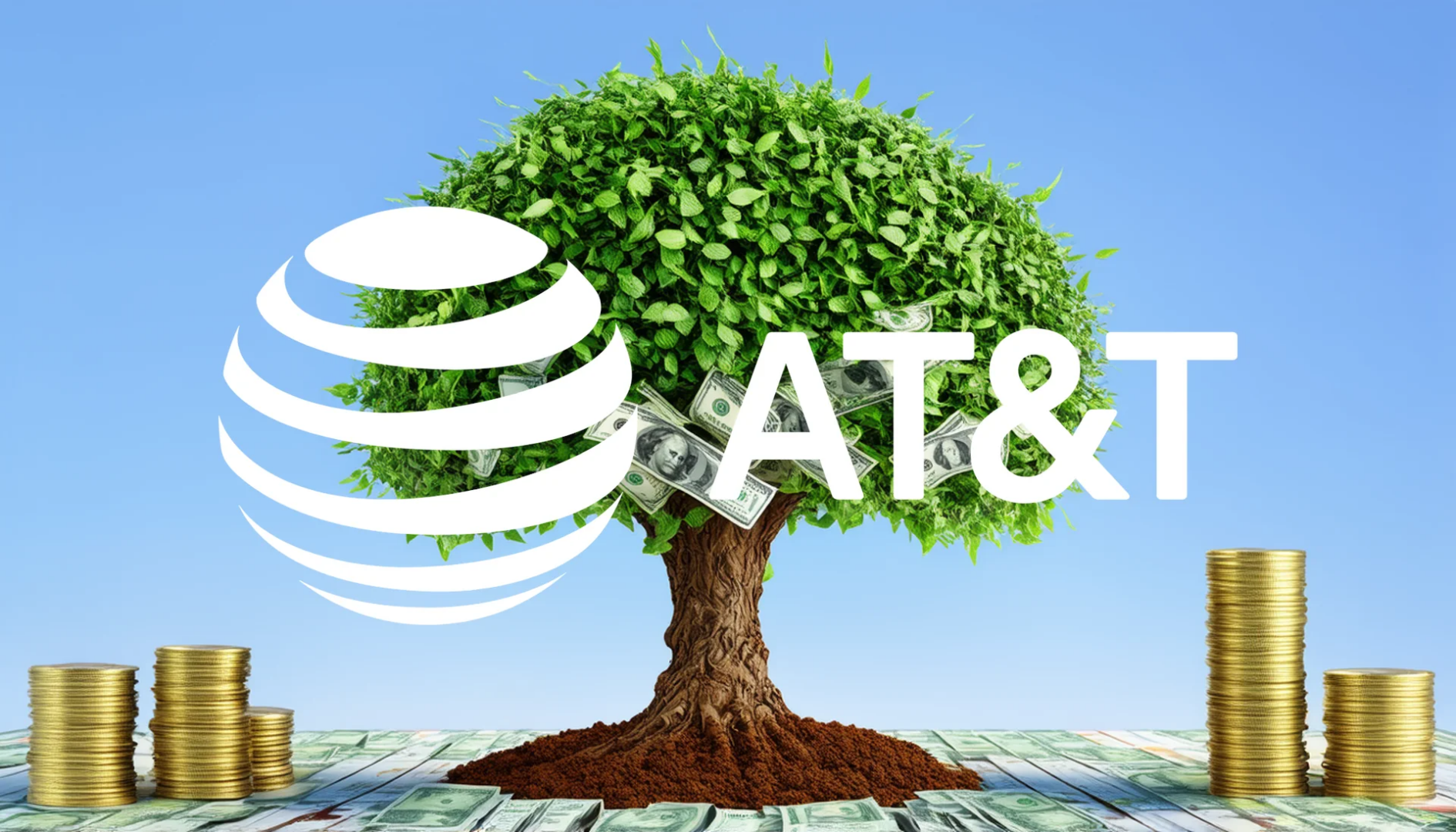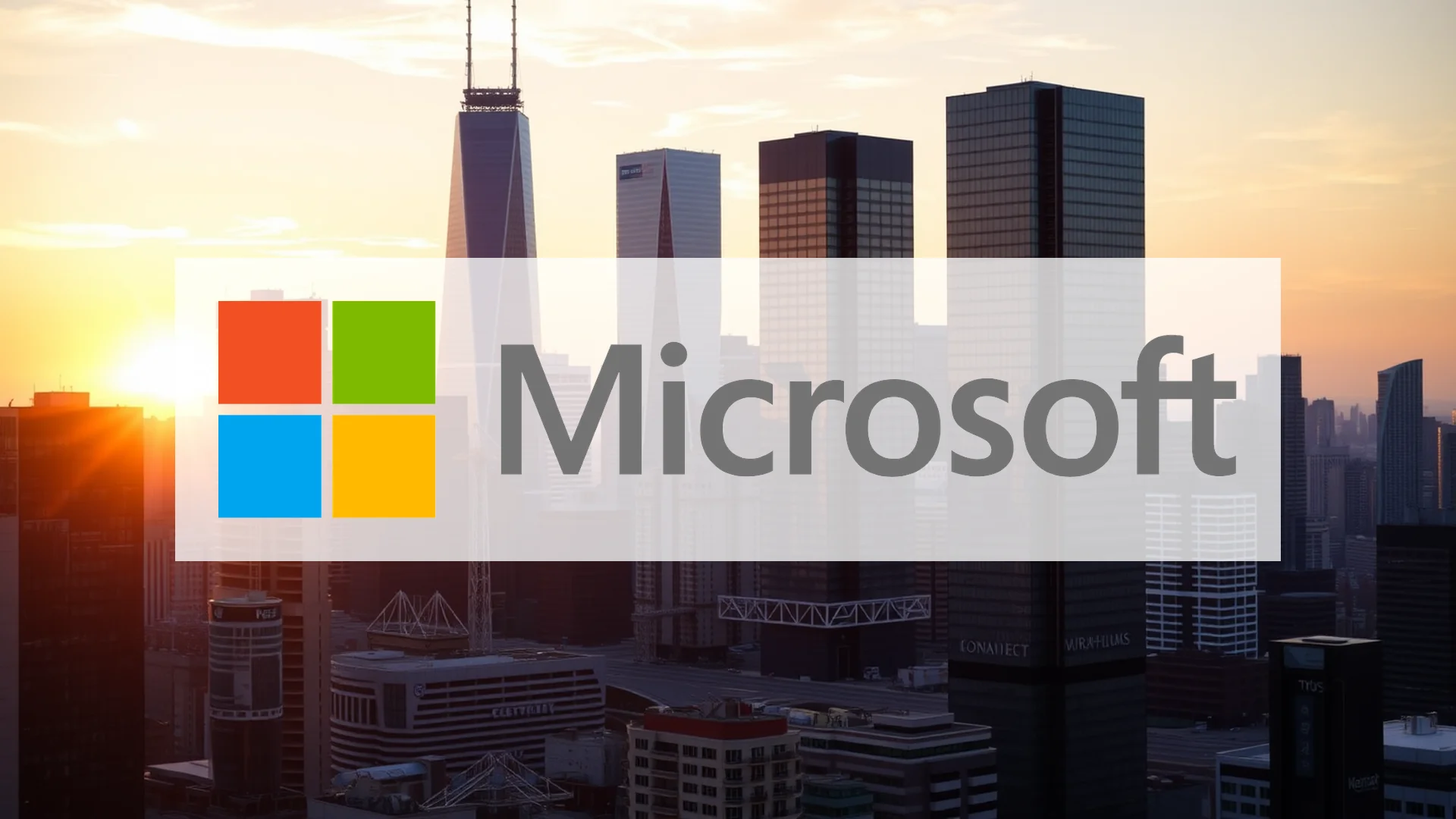Telecommunications behemoth AT&T finds itself navigating a complex landscape, pouring billions into securing 5G dominance while simultaneously facing growing analyst concerns over its stock’s appreciation potential. The market has responded with caution to the company’s monumental $23 billion acquisition of spectrum from EchoStar, a move designed to fundamentally strengthen its competitive position.
Financial Backdrop and Analyst Reservations
The investment community’s wariness was recently underscored by Barclays, where analyst Kannan Venkateshwar adjusted the firm’s rating on AT&T shares from “Overweight” to “Equal-Weight.” The rationale centers on a belief that the current valuation already fully accounts for the company’s operational improvements. Venkateshwar perceives limited upside, citing an intensely competitive environment. The situation is compounded by cable providers aggressively entering the wireless space, a reduction in government subsidies, and rising customer churn. A particularly telling data point reveals that to achieve the same net subscriber growth it saw in 2020, AT&T would now need to boost its new customer acquisition efforts by 25%, a target that promises to place significant pressure on profit margins.
The Multi-Billion Dollar Spectrum Play
At the heart of AT&T’s strategy is its colossal $23 billion investment to acquire spectrum licenses from EchoStar. This transaction is poised to elevate the company to the position of the nation’s second-largest holder of 5G spectrum assets. The acquired package includes 30 MHz of mid-band and 20 MHz of low-band airwaves, a combination considered ideal for delivering both extensive rural coverage and high-speed urban network performance.
The strategic importance of this acquisition is multi-faceted:
* It substantially bolsters 5G competitiveness against key rivals Verizon and T-Mobile.
* It accelerates the expansion of advanced services like Ultra Wideband and Fixed Wireless Access.
* It establishes a long-term network partnership with EchoStar.
Should investors sell immediately? Or is it worth buying AT&T?
Despite the scale of this expenditure, AT&T’s management has reaffirmed its financial guidance for 2025. Furthermore, the company continues to plan for a substantial $20 billion share repurchase program, scheduled to run through 2027.
Dividend Consistency Provides Investor Comfort
In a climate of uncertainty, AT&T is leaning on its reputation for stability. The company has confirmed its quarterly dividend payout of $0.2775 per share, which translates to an attractive annual yield of approximately 3.9%. For a considerable segment of the investor base, this consistent distribution policy remains a cornerstone reason for maintaining their long-term holdings in the stock.
Lingering Legal Challenges
As AT&T channels capital into future growth, it continues to address issues from its past. The company is nearing the finalization of a $177 million settlement related to two separate data breaches that occurred in 2019 and 2024. Under the terms of the agreement, impacted customers could be eligible for compensation of up to $7,500, with disbursements expected to commence in early 2026.
The Path Forward Hinges on Q3 Results
All attention now turns to the upcoming quarterly earnings report scheduled for October 22. These figures will be critical in answering the market’s most pressing questions: Are the massive 5G investments beginning to yield tangible returns? Can AT&T effectively navigate the fierce price competition characterizing the current telecom market? The answers will ultimately determine whether the telecom giant can engineer a sustained stock recovery or remain mired in its current trading range.
Ad
AT&T Stock: Buy or Sell?! New AT&T Analysis from November 17 delivers the answer:
The latest AT&T figures speak for themselves: Urgent action needed for AT&T investors. Is it worth buying or should you sell? Find out what to do now in the current free analysis from November 17.
AT&T: Buy or sell? Read more here...










